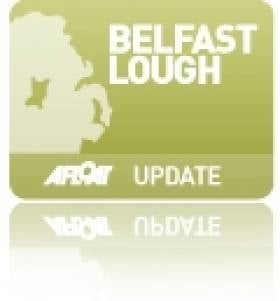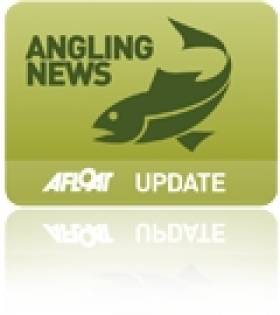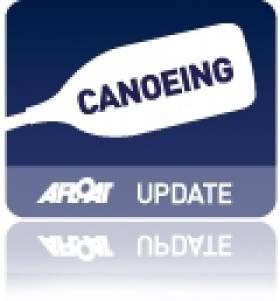Displaying items by tag: River Lagan
'Poisonous Parsnips' Warning For NI Beaches
#CoastalNotes - 'Poisonous parsnips' on Co Antrim coastal beaches have prompted warnings to dog owners, as BelfastLive reports.
Warning signs were put up at Ballygally, Carnfunnock and Drains Bay earlier this month after locals found evidence of hemlock water dropwort roots, which are extremely toxic to animals – particularly at this time of year.
It's thought that the plant is previously responsible for the death of at least one dog that tried to eat one at Drains Bay in 2014.
In other recent news from Northern Ireland, a seal spotted swimming in the River Lagan has been hailed as a sign of its good water quality.
Video of what appears to be a grey seal happily bobbing along upstream near the Ormeau Embankment was captued by Belfast man Brendan McNeice, who thought the sight "unusual".
But marine wildlife expert Tanya Singleton told UTV News that seals swimming so far up the river is actually a regular occurrence – and a good sign for the waterway's health as they chase booming fish stocks as far as Lisburn.
Belfast Riverside Development Gets Approval
#BELFAST LOUGH - Major development plans for the land adjacent to the Odyssey complex on the waterfront in Belfast have been approved, as BBC News reports.
The Odyssey Quays scheme comprises two hotels; multi-storey car parking; retail space; cafés, restaurants and bars; and residential blocks with 800 apartments; to be located next to the site of the Odyssey Arena and the W5 Science Centre on the River Lagan feeding into Belfast Lough.
Main features of the proposal, as submitted by the Odyssey Trust, include a residential riverfront tower, a new civic plaza in front of the Odyssey Arena and a redeveloped promenade along the Lagan.
BBC News has more on the story HERE.
Two Bodies Recovered from Water Near Belfast
#NEWS UPDATE - The PSNI has confirmed that the body recovered from Belfast Lough yesterday morning is that of missing Stranraer man Carius McNicoll.
According to BBC News, the 24-year-old student was last seen on a ferry shortly before docking on 8 January.
His body was discovered near Holywood in Co Down. A post-mortem has confirmed that the cause of death was drowning.
In a separate incident yeserday, The Irish Times reports that a body recovered by divers in the River Lagan is believed to be that of a missing 20-year-old man.
John Murphy had reportedly entered the river at the Lagan Weir after an evening at the nearby Odyssey Arena last month. The body found has yet to be formally identified as Murphy.
In the wake of his loss, Murphy's family has called for an end to cheap drinks promotions.
Four News Records in Irish Specimen Fish Committee's 2011 Report
#ANGLING - The Irish Specimen Fish Committee's annual report for 2011 features catch details for 587 specimen fish as well as four new records, according to The Irish Times.
The report comes ahead of the committee's annual awards event at the Red Cow Moran Hotel in Dublin on Saturday 3 March, recogising those anglers who work hard to catch and record the biggest fish of each of Ireland's species.
Those in line for awards include Terry Jackson, who caught a 2.1kh roach/rudd hybrid in the River Lagan; Dutchman Jan Vrieswijk who landed a 1.33kh blackmouth dogfish in Red Bay, Co Antrim; and Noel Lane for his 2.83kg thin-lipped mullet from Cork Harbour.
The Irish Times has more on the story HERE.
Skills Tested on New Lagan Canoe Slalom
The BBC News website has video of a new Olympic-style slalom course on the River Lagan for canoeists to test their skills.
The professional facility was constructed at Shaws Bridge by local enthusiasts who have been training on the Lagan for some years, originally using little more than bailing twine and old brush staffs to mark out the course.
"When I look at the course today I think it's a huge achievement," Irish international Hannah Craig told BBC Newsline.
It is hoped that the new canoe slalom course will help broaden the sport's appeal in Northern Ireland.



























































